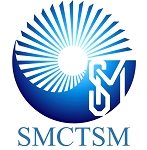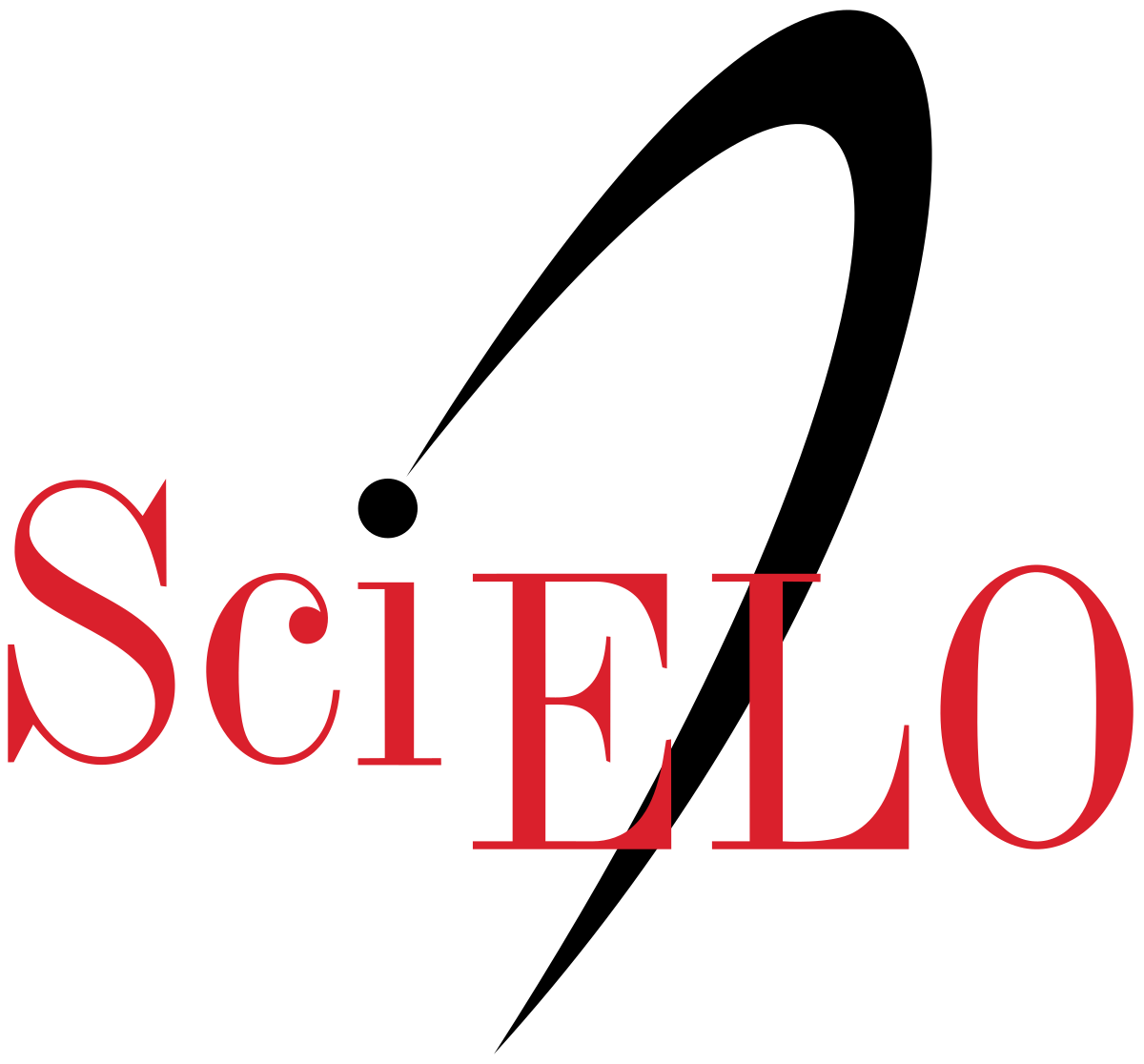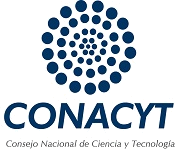Influence of gelation time on the structural, vibrational and electrical properties of the composite PEG0.2/V2O5
Keywords:
PEG, V2O5•nH2O, Hybrid Materials, Raman.Abstract
Structural, vibrational and electrical properties of V2O5·nH2O and PEG0.2/V2O5 films as a function of gelation time were studied. The films were sintered by sol-gel using vanadium pentoxide route on glass substrates previously treated. Films were characterized by X-Ray Diffraction, Raman Spectroscopy and the four-point van der Pauw conventional method. The results indicated that when the gelation time of the precursor (V2O5·nH2O) is increased, the crystalline quality, the degree of hydration, and V5+ ion concentration are increased. In the hybrid composite (PEG0.2/V2O5), VO2+ ions act as bonding between the polymer chains, making them more compact to facilitate the mobility of electric charge carriers between vanadium ions. The results showed a semiconductor-metal transition about 34°C, an indirect optical transition (V2O5·nH2O) and a vitreous transition around Tg=-69°C.References
G. Kickelbick, editor. Hybrid Materials Synthesis, Characterization and Applications. Wiley-VCH Verlag GmbH & Co. KGaA (Weinheim, 2007).
C. J. Brinker and G. W. Scherer. Sol-Gel Science. The Physics and Chemistry of Sol-Gel Processing. Academic Press Limited (Boston San Diego New York London Sydney Tokyo Toronto, 1990).
J. Livage, F. Beteille, C. Roux, M. Chatry, and P. Davidson. Acta Materialia. 46, 743 (1998).
V. Petkov, N. P. N. Trikalitis, E.S. Bozin, S.J.L. Billinge, T. Vogt and M. G. Kanatzidis. J. AM. CHEM. SOC. 124, 10157 (2002).
J. Livage. Chem. Mater. 3, 578(1991).
I. Stojković, N. Cvjetićanin, S. Marković, M. Mitrić and S. Mentus. Acta Physica Polonica A. 117, 837 (2010).
P. P. Prosini, T. Fujieda, S. Passerini, M. Shikano and T. Sakai. Electrochemistry Communications. 2, 44 (2000).
Y. -J. Liu, D. C. DeGroot, J.L. Schindler, C. R. Kannewurf and M. G. Kanatzidis. Chem. Mater. 3, 992 (1991).
Y.-J. Liu, J. L. Schindler, D. C. DeGroot, C. R. Kannewurf, W. Hirpo and M. G. Kanatzidis. Chem. Mater. 8, 525 (1996).
C. L. Londoño-Calderón, C. Vargas-Hernández and J. F. Jurado. Revista Mexicana de Física. 56, 411 (2010).
M. S. Al-Assiri, M.M. El-Desoky, A. Alyamani, A. Al-Hajry, A. Al-Mogeeth and A. A. Bahgat. Optics & Laser Technology. 42, 994(2010).
A. S. Sonin. J. Mater. Chem. 8, 2557 (1998).
A. A. Bahgat, A. Al-Hajry and M.M. El-Desoky. Phys. Stat. Sol. A. 203, 1999 (2006).
B. D. Cullity. Elements of x-ray diffraction. Addison-Wesley Publishing Company, Inc, Massachusetts, 1956.
R. Nair, S. Gonen and S.W.Hoag. International Journal of Pharmaceutics. 240, 11 (2002).
C. J. Fontenot. Investigation of the peroxovanadate sol-gel process and characterization of the gels. PhD Thesis (Iowa State University, 2001).
V. V. Atuchin, B.M. Ayupov, V.A. Kochubey, L.D. Pokrovsky, C.V.Ramana and Y.M.Rumiantsev. Optical Materials. 30, 1145 (2008).
S.-H. Lee, H.M. Cheong, M.J. Seong, P. Liu, C.E. Tracy, A. Mascarenhas, J.R. Pitts and S.K. Deb. Solid State Ionics. 165, 111 (2003).
E. Cazzanelli, G. Mariotto, S. Passerini, and W. H. Smyrl. J. Non-cryst. Solids. 208, 89 (1996).
T. Mihara and N. Koide. Molecular Crystals and Liquid Crystals. 367, 605 (2001).
Z. V. Feng, X. Li, and A. A. Gewirth. J. Phys. Chem. B. 107, 9415 (2003).
C. Sanchez, M. Henry, J. C. Grenet, And J. Livage. J. Phys. C: Solid State Physics, 15, 7133 (1982).
Downloads
Published
Issue
Section
License
©2025 by the authors; licensee SMCTSM, Mexico. This article is an open access article distributed under the terms and conditions of the Creative Commons Attribution license (http://creativecommons.org/licenses/by/4.0/).





